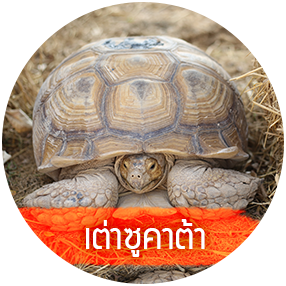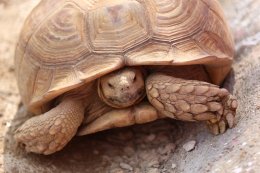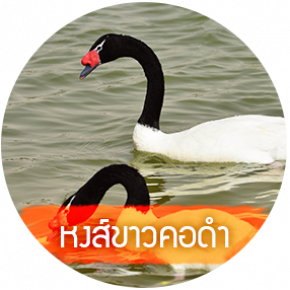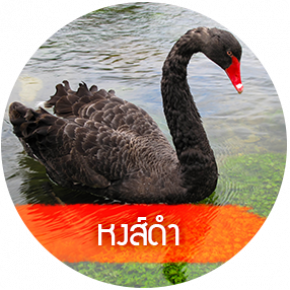SULCATA TORTOISE
7175 Views |

The African spurred tortoise (Centrochelys sulcata), also called the sulcata tortoise,
is a species of tortoise, which inhabits the southern edge of the Sahara desert, in northern Africa.
It is the third-largest species of tortoise in the world, the largest species of mainland tortoise,
and the only species in the genus Centrochelys.
The African spurred tortoise is native to the Sahara Desert and the Sahel,
a transitional ecoregion of semiarid grasslands, savannas, and thorn shrublands found
in the countries of Burkina Faso, Chad, Eritrea, Ethiopia, Mali, Mauritania, Nigeria, Senegal,
and Sudan In these arid regions, the tortoise excavates burrows in the ground to get to areas
with higher moisture levels, and spends the hottest part of the day in these burrows.
This is known as aestivation. Burrows may average 30 inches in depth some dig tunnel systems
extending 10 feet or more underground. C. sulcata is the third-largest species of tortoise
in the world after the Galapagos tortoise, and Aldabra giant tortoise,
and the largest of the mainland tortoises. Adults can reach 83 cm (33 in)
and can weigh 105 kg (231 lb).
They grow from hatchling size (2–3 in) very quickly, reaching 6-10 in (15–25 cm)
within the first few years of their lives. The lifespan of an African spurred tortoise is
about 50–150 years,[citation needed] though they can live much longer.
(The oldest in captivity is 54 years, located in the Giza Zoological Gardens, Egypt, 1986.)
Sulcata tortoises are herbivores. Primarily, their diets consist of many types of grasses and plants,
high in fiber and very low in protein. Feeding of fruit should be avoided.




